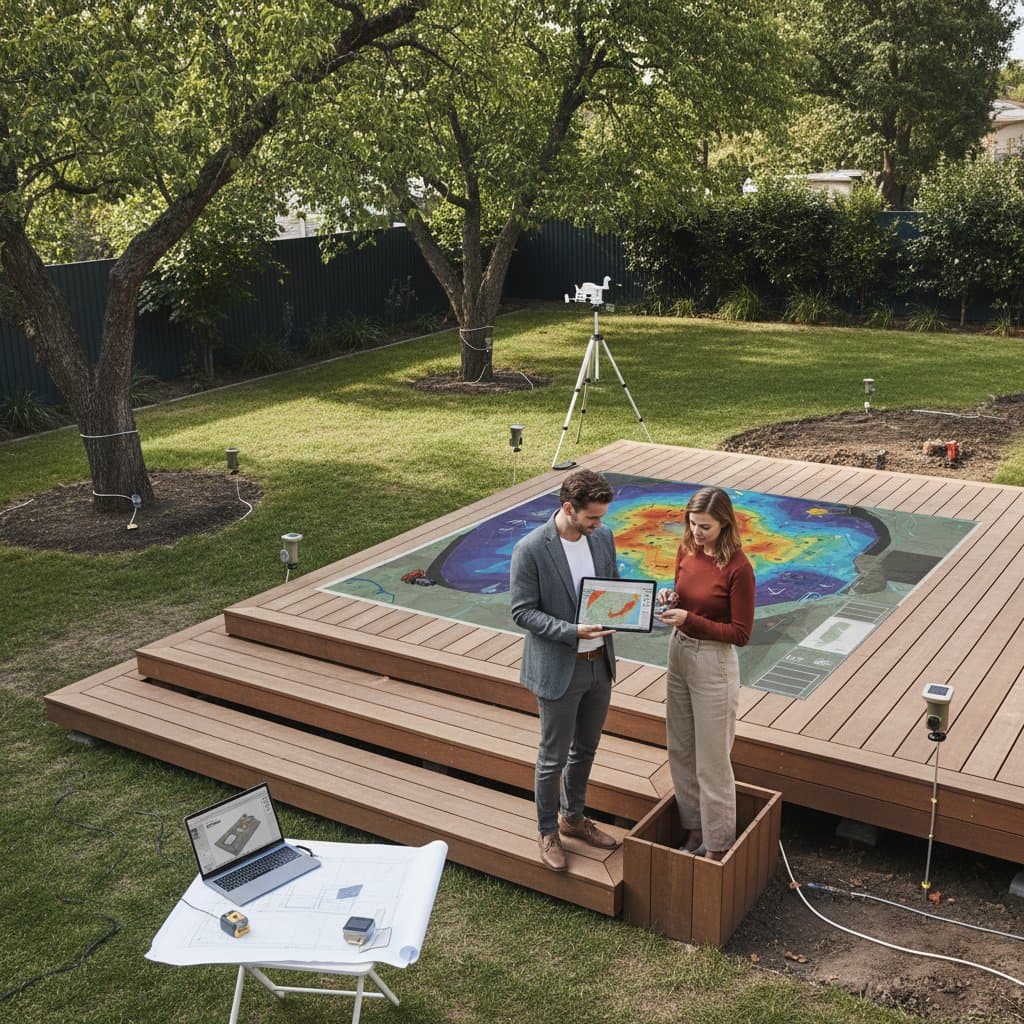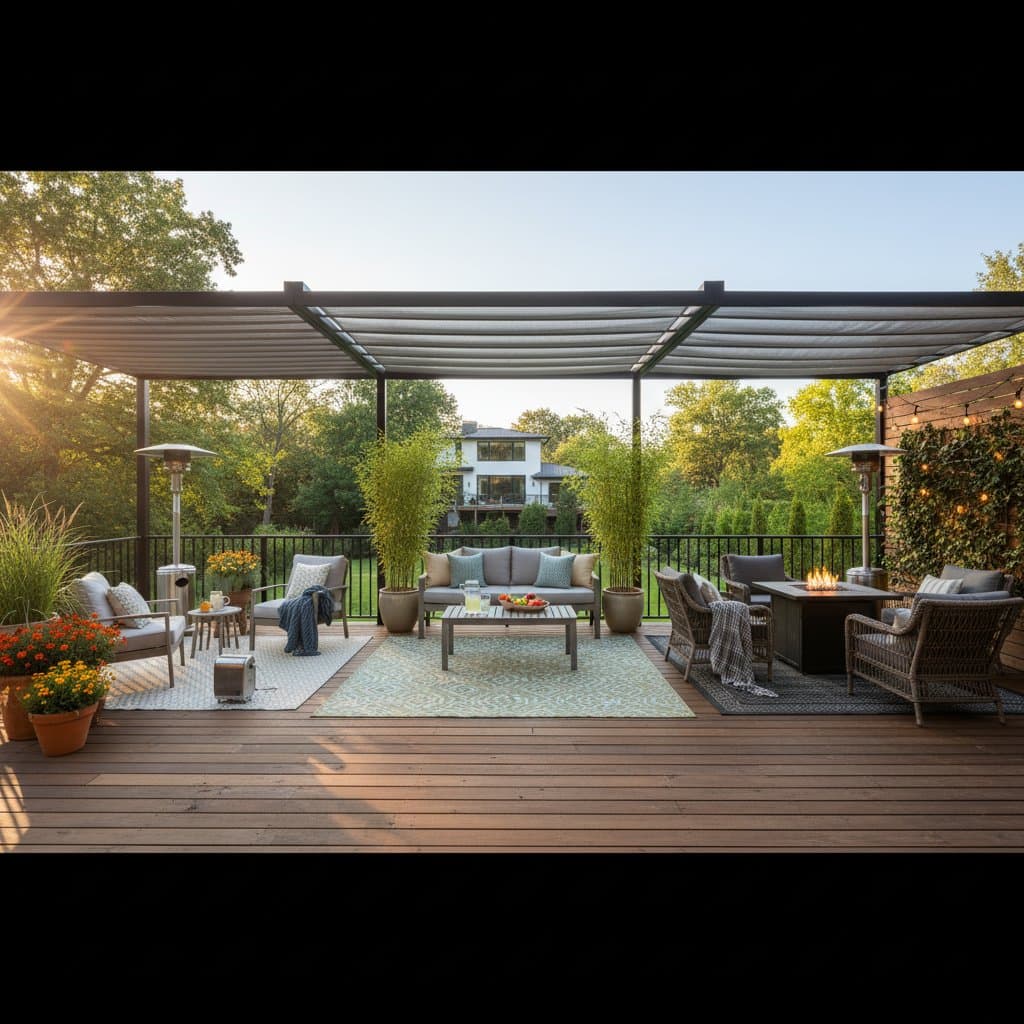Double the Visual Space in Compact Gardens Using Mirrors
Compact gardens often feel confined by enclosing walls or fences. Individuals frequently desire additional breathing room, increased illumination, or a greater sense of openness. Mirrors achieve this transformation by reflecting surrounding plants, the sky, and natural light, thereby expanding the perceived area without altering the physical boundaries. The objective remains straightforward: position mirrors with care and security to effectively duplicate the garden's visual dimensions.
This guide details the process of selecting appropriate mirrors, installing them properly, and preserving them across seasons.
Key Principles of Garden Mirrors
Outdoor mirrors function similarly to their indoor counterparts, yet external placement demands heightened attention to positioning and protection. The reflective surface captures and rebounds whatever lies before it, converting a plain wall into a verdant extension. Several mirrors can render a slender patio appear doubly broad. Success depends on appropriate proportions, strategic inclinations, and resistance to environmental elements.
Preparation involves planning, precise measurements, secure attachment, and ongoing care. Each phase contributes to a seamless integration and hazard-free result.
Essential Tools and Materials
- Weather-resistant mirrors: Acquire one to three units based on the garden's dimensions
- Sturdy mounting brackets or hooks: Minimum of two per mirror
- Power drill with masonry bits: Suitable for brick or concrete surfaces
- Spirit level and tape measure: For accurate alignment
- Clear outdoor sealant or edge guards: To shield against moisture
- Microfiber cloth and neutral soap solution: For routine cleaning
Allocate one mirror per four to six feet of wall space. Such distribution prevents overcrowding and maintains realistic reflections.
Installation Process
1. Assess Desired Reflections
Position yourself within the garden and examine walls that receive sunlight. Determine the elements to reflect, such as lush foliage for a vibrant effect or open sky for added height. A mirror oriented toward barren surfaces may appear dull. Employ a handheld mirror to experiment with various angles prior to permanent fixation.
2. Determine Optimal Height
Install mirrors with their centers approximately four feet from the ground. This elevation encompasses both ground-level plantings and overhead vistas. In seating zones, adjust to align with seated eye level. Outline positions using washable chalk for reference.
3. Clean and Prepare the Wall
Remove debris, flaking paint, or organic growth from the surface. A clean base ensures firm adhesion of hardware. For masonry walls, select appropriate drill bits to create pilot holes. On timber fences, drill modest preliminary openings to avoid material fracture.
4. Secure the Mounting Hardware
Fasten brackets or hooks using corrosion-resistant screws. Employ a spirit level to verify plumb alignment. Confirm that supports bear at least double the mirror's weight. Larger mirrors benefit from three attachment points for enhanced stability.
5. Apply Protective Seals
Apply a narrow bead of sealant along the upper frame edge to block water ingress. Leave the lower edge unsealed to facilitate drainage. Periodic inspections every few months sustain the installation's integrity.
6. Evaluate and Fine-Tune
Observe the mirror from multiple vantage points within the garden. Make minor angle adjustments to optimize the reflection's natural appearance. Even a one-inch shift can significantly alter light distribution and spatial illusion.
Essential Safety Considerations
Reflected sunlight from mirrors can intensify, potentially scorching vegetation or causing visual discomfort. Evaluate reflections during peak solar hours. If intensity proves excessive, angle the mirror downward or relocate it to a less exposed position. Avoid directing views toward public roads or adjacent properties.
In regions prone to high winds, opt for shatterproof acrylic alternatives over glass. These materials weigh roughly one-third less and minimize risks from dislodgement. Don protective gloves and eyewear during drilling and edge handling.
Common Issues and Solutions
Issue: Frequent fogging or streaking on the surface.
Solution: Clean with a microfiber cloth dampened in mild soap water. Steer clear of ammonia products, as they degrade protective layers.
Issue: Distorted or uneven reflections.
Solution: Inspect the mirror's backing for bends. Flexible frames may warp over time. Reinforce attachments or upgrade to a more robust frame.
Issue: Wildlife impacts against the mirror.
Solution: Affix low-profile decals or films to disrupt the reflective illusion. Space one marker every two feet along the surface.
Cost and Timeline Estimates
Allocate two to four hours for initial planning and setup, varying by wall composition. A durable glass mirror typically ranges from 40 to 80 dollars, whereas acrylic options fall between 25 and 60 dollars. Additional expenses for brackets, sealant, and fasteners amount to about 15 dollars. Prioritize quality in fixation components to safeguard the installation and surroundings.
Ongoing Maintenance Practices
Perform cleaning every two to three months using lukewarm soapy water, followed by thorough drying to eliminate residue. During winter, detach smaller mirrors in areas of severe frost or gusts, storing them vertically in a sheltered, arid location. For fixed setups, examine fasteners biannually to detect loosening.
Seasonal Care Guidelines
- Spring: Thoroughly clean and reapply sealant to frames in anticipation of rainfall.
- Summer: Monitor for excessive light concentration on plants and recalibrate positions.
- Fall: Remove accumulated foliage and condensation to preserve clarity.
- Winter: Scan for fractures or shifts in hardware.
Regular attention prolongs the mirrors' lifespan and sustains vivid reflections.
Enhance and Expand Your Design
Strategic mirrors convert constrained courtyards into seemingly doubled havens. Begin with a single installation to gauge the impact, then incorporate additional units as needed. Emphasize elements worthy of duplication, such as blooming borders or serene water features, to maximize the transformative effect.


